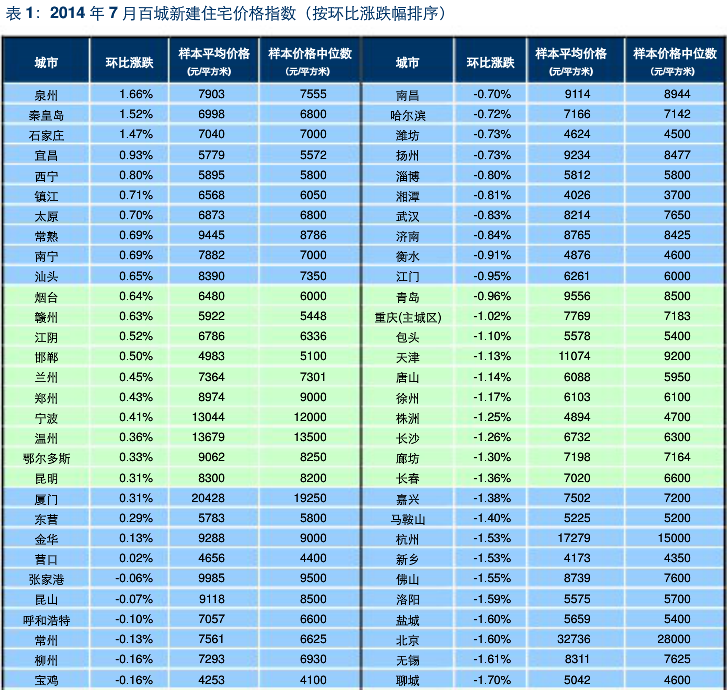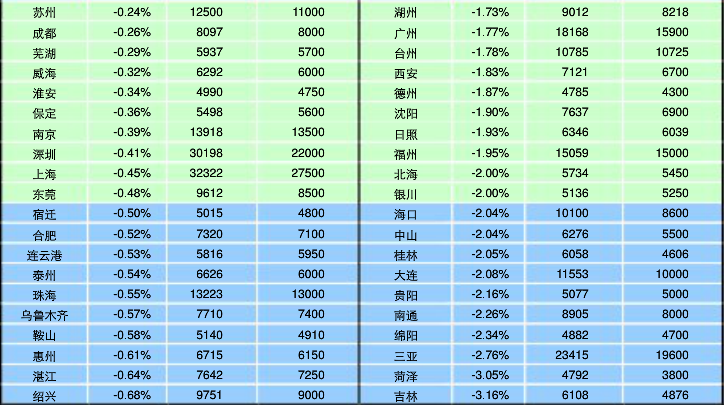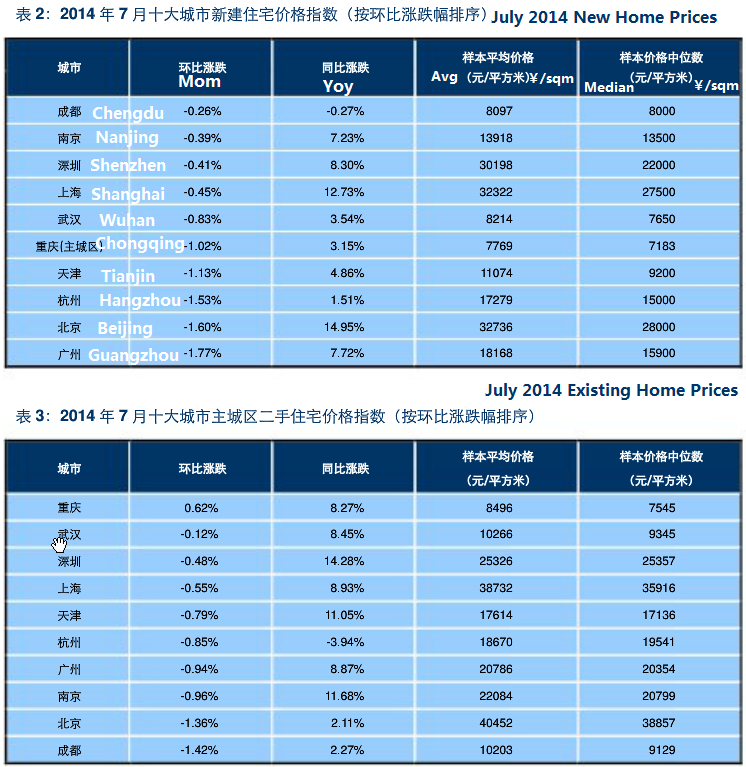
Cross-posted from Investing in Chinese Stocks
Here is what I’ve said many times about buying restrictions:
…easing buying restrictions is a bad policy because it won’t work. It allows speculators and investors to buy up homes, but the trend now is for investors and speculators to sell homes. It may help the big investors who need to offload 100 homes to another big investor, but speculation has died down considerably. In cities that have eased policy, they have made it easier for home buyers to obtain residency. Those cities have made home buying more attractive.
I’m not ready to declare total victory yet because September and October are the big sales periods, but after the few rushes in sales I reported last week, the results in wider cities is showing sales still falling. From Ifeng, Hangzhou, Jinan and Nanning have seen some quick results following the cancellation of buying restrictions, but most cities have seen no impact.
Jinan has seen area sold triple two weeks after easing restrictions, while Nanning average weekly sales are up 27% since it unofficially eased 11 weeks ago. However, sales are down from the 170,000 sqm sales peak in the first week to about 100,000 sqm per week now. Hangzhou and Wenzhou saw huge weekly sales spikes recently (see here and here), but that growth may also fade quickly.
A second Ifeng article reports that Changchun and Wuhuan have seen small sales bumps of 5% following the easing of buying restrictions. Tianjin and Xiamen have seen no increase in sales. Nanchang and Wuxi have seen sales continue to fall.
Chinese buyers now have a “wait-and-see” attitude. The the big sales period is September and October and buyers may wait until then, when price discounts are expected to be bountiful and many new developments will enter the market. Discounts will be guaranteed if sales don’t pick up in August as well because it will be developers last shot at big sales in 2014.
Moreover, the fitful response to easing has so far done nothing to reduce price falls. In fact, in July they accelerated. Initial data from private sources is good for reading trends before we get the government data mid-month. Here’s a list of home prices in 100 cities from the China Index Academy showing price declines steepening. Prices fell an average of 0.8% in July, up from a 0.5% average decline in June. The June number was slightly better than government numbers. The report is here.
The first list below is 100 cities with month on month price changes, followed by average and median price per sqm. Below that are the 10 largest cities broken out along with existing home price changes. All of them saw new home prices decline in July; only Chongqing saw an increase in existing home prices.
Quanzhuo in Fujian province led the 100 cities with a 1.66% increase in new home prices, followed by Qinhuangdao (a city with excess inventory) and Shijiazhuang, the latter two both in Hebei province. In total, 24 out of 100 cities saw price increases.
At the other end, Jilin in Jilin province and Heze in Shandong province led the losers with losses of more than 3% mom.
Several of the cities in Zhejiang province, home to several housing bubbles, had some of the smallest losses. Hangzhou was down 1.5%, but Ningbo and Wenzhuo both saw price increases. Maybe this is a bump due to this area being the home province of many housing speculators and buying restrictions being eased. The market in Wenzhou has also been falling for nearly 3 years. One month isn’t a trend, but the gain, if it shows up in the official numbers later this month, will break a 30+ month chain of losses.




